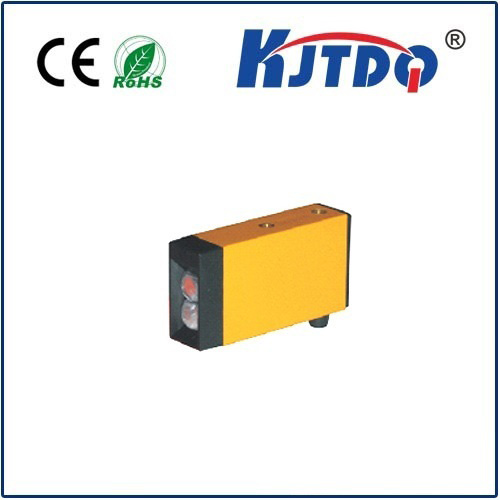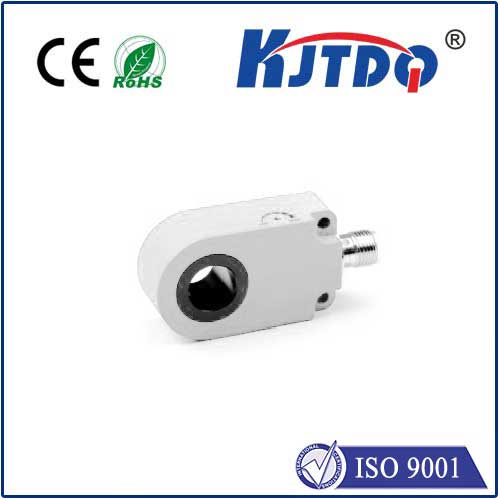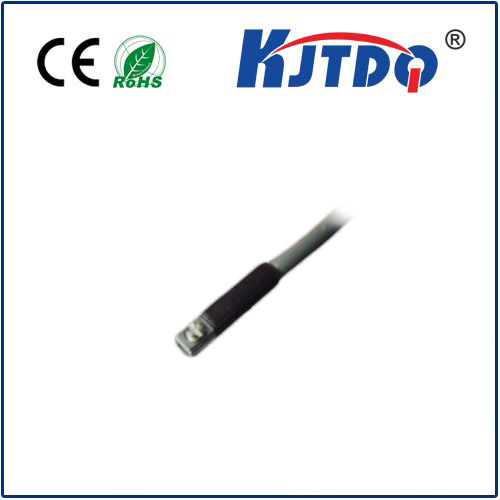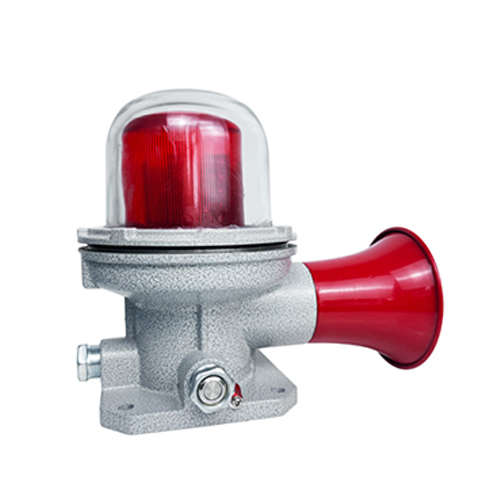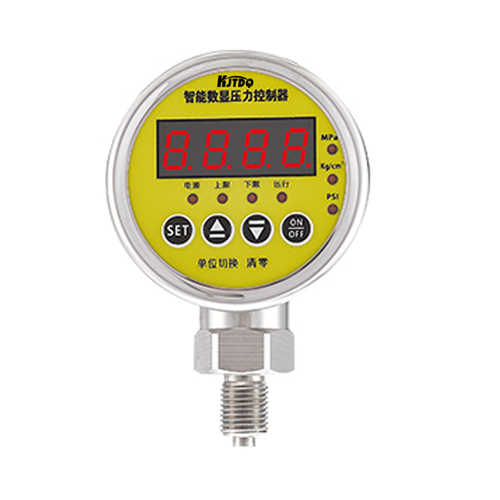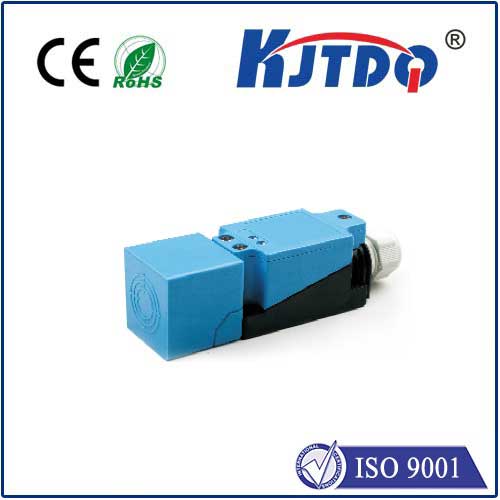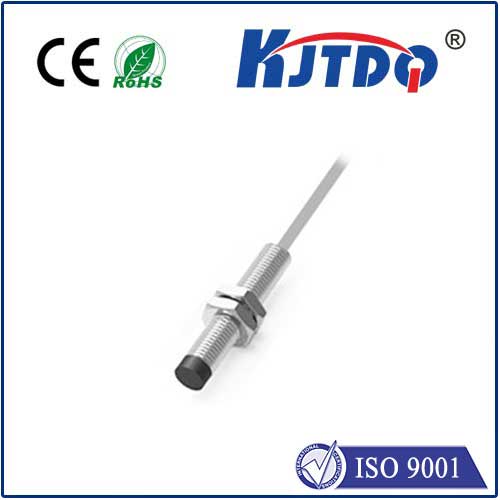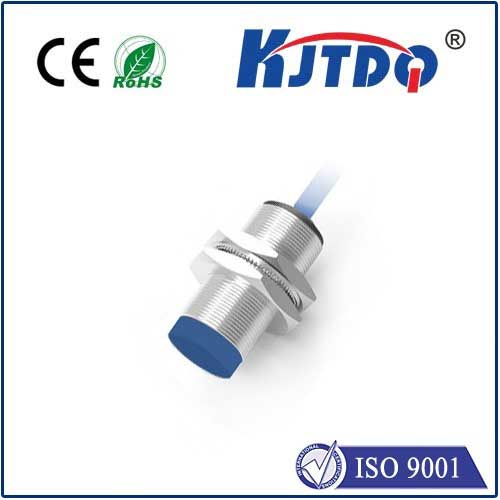

check

check

check

check

check

check

check

check

check

check
Title: The Advancements and Applications of Scanning Laser Gauges
In today's fast-paced industrial landscape, precision measurements are crucial to ensuring the efficiency and safety of manufacturing processes. Among the various measuring tools available, scanning laser gauges have emerged as a reliable and effective solution for capturing real-time data with exceptional accuracy. This article will delve into the advancements and applications of scanning laser gauges, shedding light on their potential to revolutionize the manufacturing industry.
Section 1: Introduction to Scanning Laser Gauges
Scanning laser gauges, also known as CCD sensors or photoelectric encoders, are non-contact optical devices that use a laser beam to measure various physical parameters, such as distance, position, velocity, and temperature. These sensors can quickly and accurately determine the state of a target by detecting changes in the intensity of the reflected laser beam. The technology behind scanning laser gauges has undergone significant improvements in recent years, resulting in higher resolution, faster response times, and more robust performance.
Section 2: Advancements in Scanning Laser Gauge Technology

Several factors have contributed to the advancement of scanning laser gauge technology over time. These include improvements in the design of the laser source, optoelectronic components, and software algorithms used for data processing and analysis. Some key advancements in this field include:
1. Higher Resolution: Modern scanning laser gauges can achieve resolutions of several micrometers, making them ideal for high-precision applications where even small variations in measurement must be avoided.
2. Faster Response Times: Thanks to advancements in signal processing techniques, scanning laser gauges now respond to changes in the target's state much faster than before, providing real-time feedback for efficient monitoring and control.
3. Improved Durability: The design of modern scanning laser gauges has been optimized for extended use under harsh environmental conditions, ensuring reliable performance even in challenging applications.
Section 3: Applications of Scanning Laser Gauges
The versatility of scanning laser gauges makes them suitable for a wide range of industries and applications, including:
1. Industrial Automation: Scanning laser gauges are commonly used in industrial automation systems to monitor machinery performance, detect anomalies, and ensure compliance with safety standards. They can also be integrated with other sensors and actuators to create intelligent control systems capable of optimizing production processes.
2. Automotive Manufacturing: In the automotive industry, scanning laser gauges are used to measure the distance between components, monitor tire pressure, and ensure proper vehicle alignment. They can also provide real-time feedback on engine performance and help prevent costly downtime due to equipment failure.
3. Medical Devices: Scanning laser gauges have found numerous applications in healthcare, particularly in diagnostic imaging and surgical procedures. They can provide accurate measurements of tissue thickness and assist surgeons in performing complex surgeries with greater precision and safety.
4. Scientific Research:扫描激光测距仪在科学研究领域也有广泛应用。例如在天文学、地球科学、生物学等领域中,通过测量物体的距离和形状等参数来研究自然现象和生物结构。
